Demolition of the Accelerator (ACC) and High Energy Physics (HEP) buildings on East 56th Street and Ellis Avenue began on September 9. The University is clearing the site to build a new engineering and science building, expected to be completed in 2028.
According to facilities services, the campus community can expect construction vehicle traffic and temporary lane closures on nearby roads in coming months. Main construction and foundation work is scheduled to begin this year.
Originally constructed for Enrico Fermi’s particle accelerator in 1949, the four-story ACC building has been home to large-scale physics and astrophysics research projects, a fossil lab and, for a brief time, an alligator on loan from the Herpetological Society of Chicago. For decades, the HEP building was a space for researchers to design and construct scientific equipment, before being repurposed as a location for the Pritzker School of Molecular Engineering’s undergraduate design courses, collaborative workshops, and seminars.
The new engineering and science building will house the Pritzker School of Molecular Engineering and the Chicago Quantum Exchange (CQE), a research partnership with Argonne National Laboratory, Fermi National Accelerator Laboratory, the University of Illinois Urbana-Champaign, and other institutions, aimed at fostering the development of quantum information science and technology in the Midwest. The facility will also include dedicated research space for the Biological Sciences Division. Renderings and diagrams of the facility published by the University show a total of 10 floors, containing offices, research labs, instructional labs, and seminar space.
The CQE project is receiving a total of $175 million in state grants for the construction of the CQE facility, according to a press release from the University.
“The new, world-class engineering and science building will serve as UChicago’s main center for engineering research and teaching,” a University spokesperson said to the Maroon. “It will extend UChicago’s capabilities to serve as a training ground for next-generation engineers and scientists.”
The building will be designed by HDR Architecture and Allison Grace Williams. Construction will be led by Mortenson Construction Company, which built Fermilab’s Integrated Engineering Research Center in 2023 and has previously partnered with the University to build both Campus North Residential Commons and the Harris School of Public Policy’s Keller Center.
The University has not released information about the cost of the building.
Programs in the ACC and HEP buildings have been moved to the High Bay Research Building, on the corner of East 56th Street and Maryland Avenue.



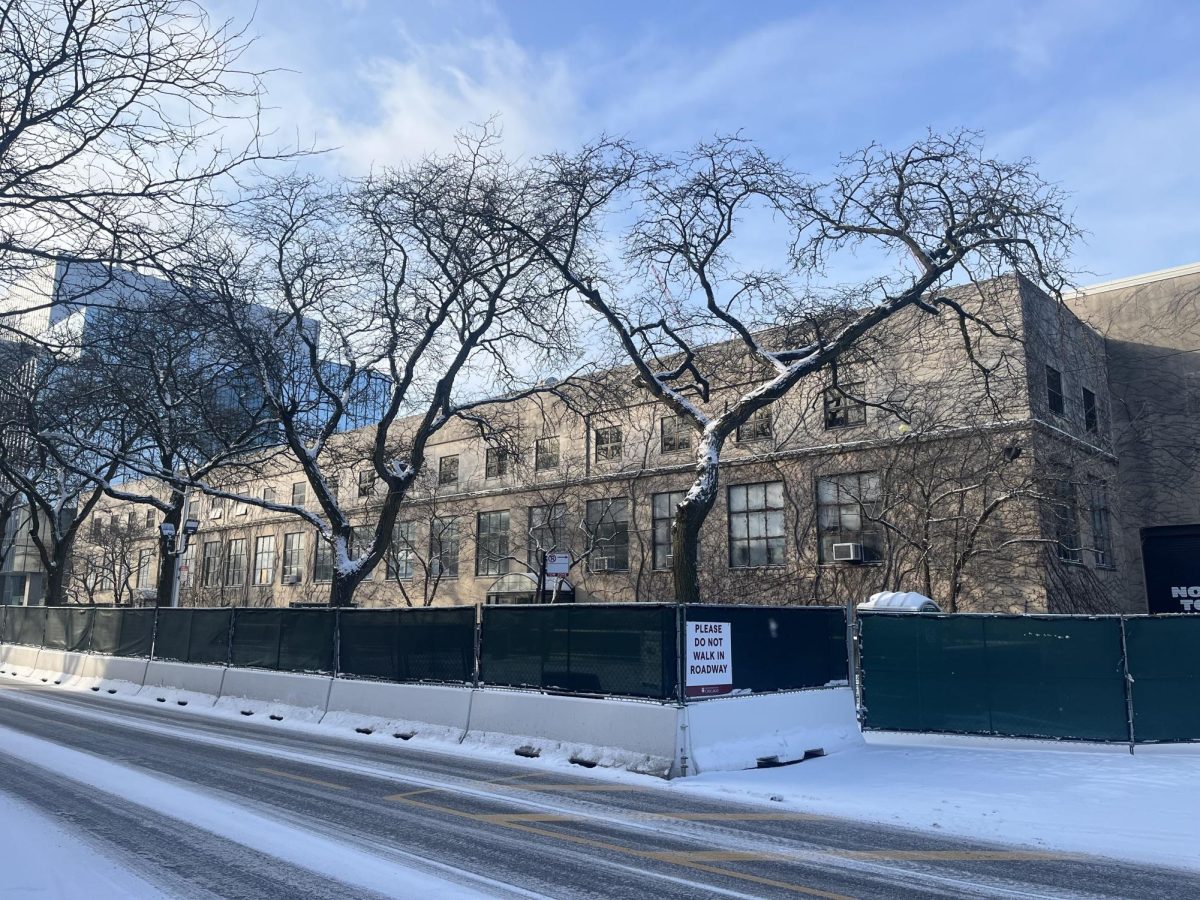
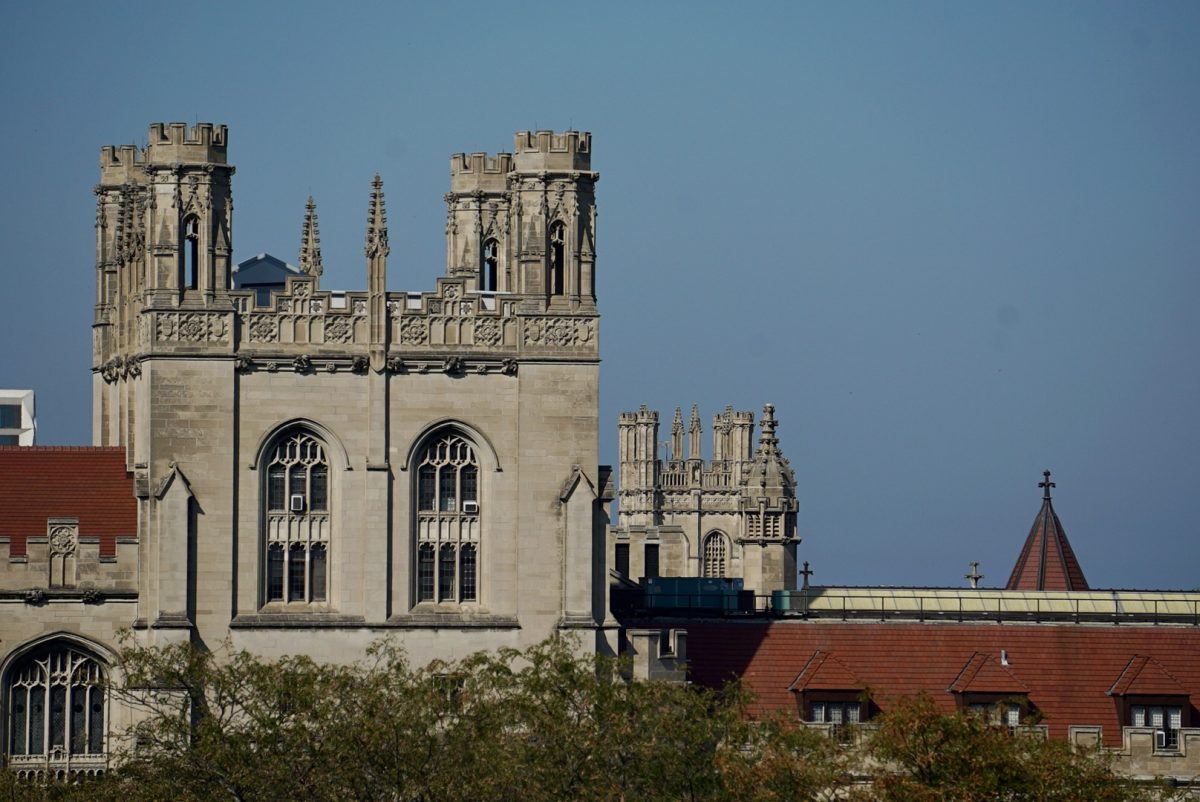
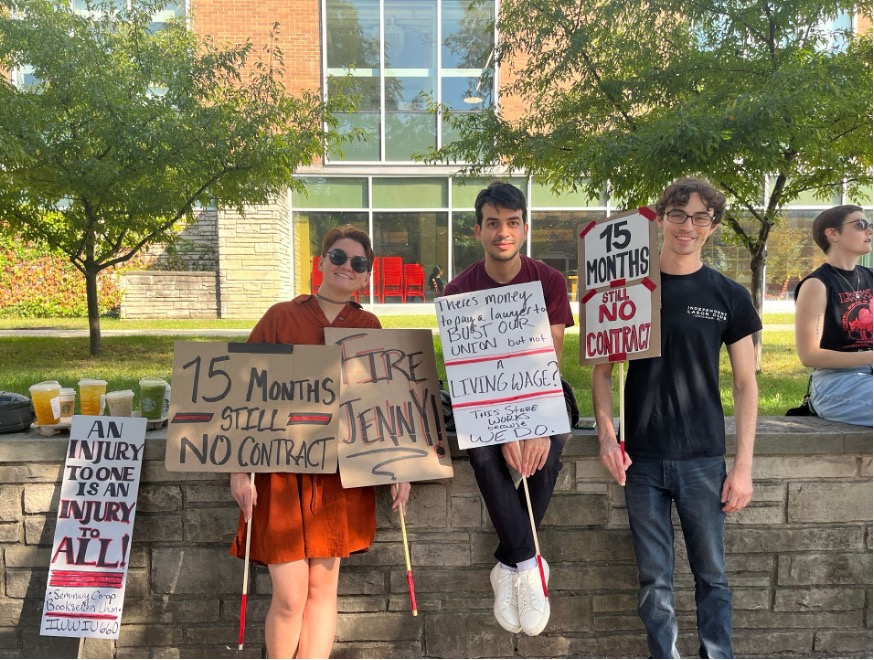
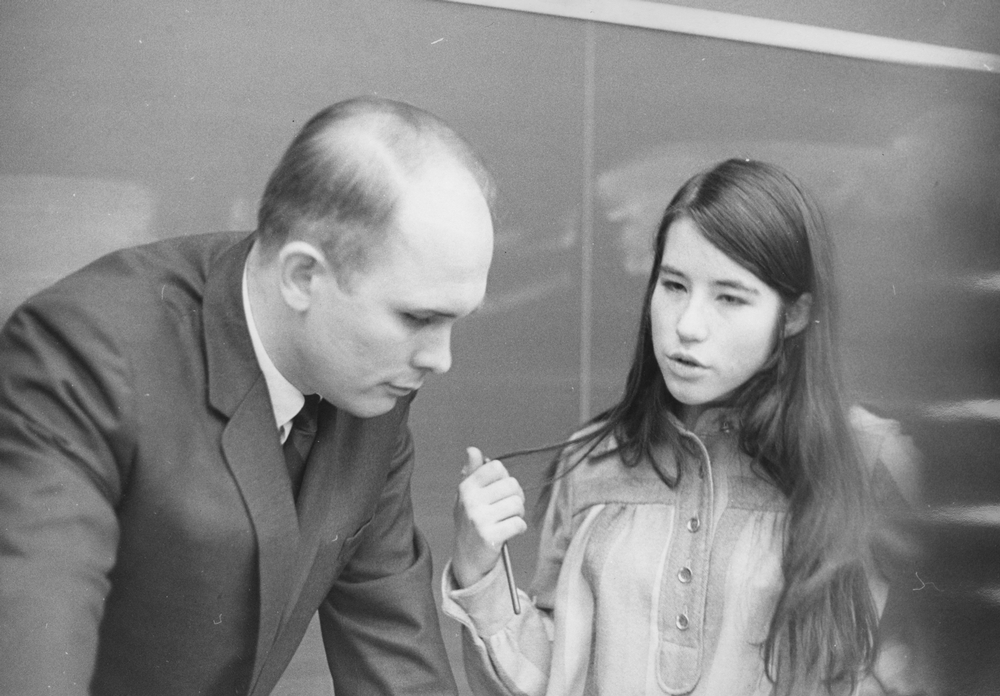
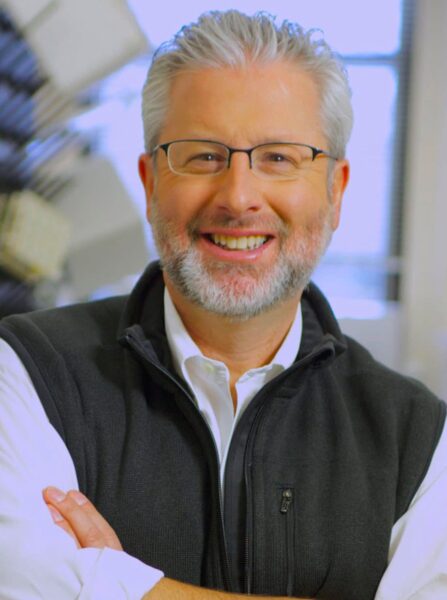
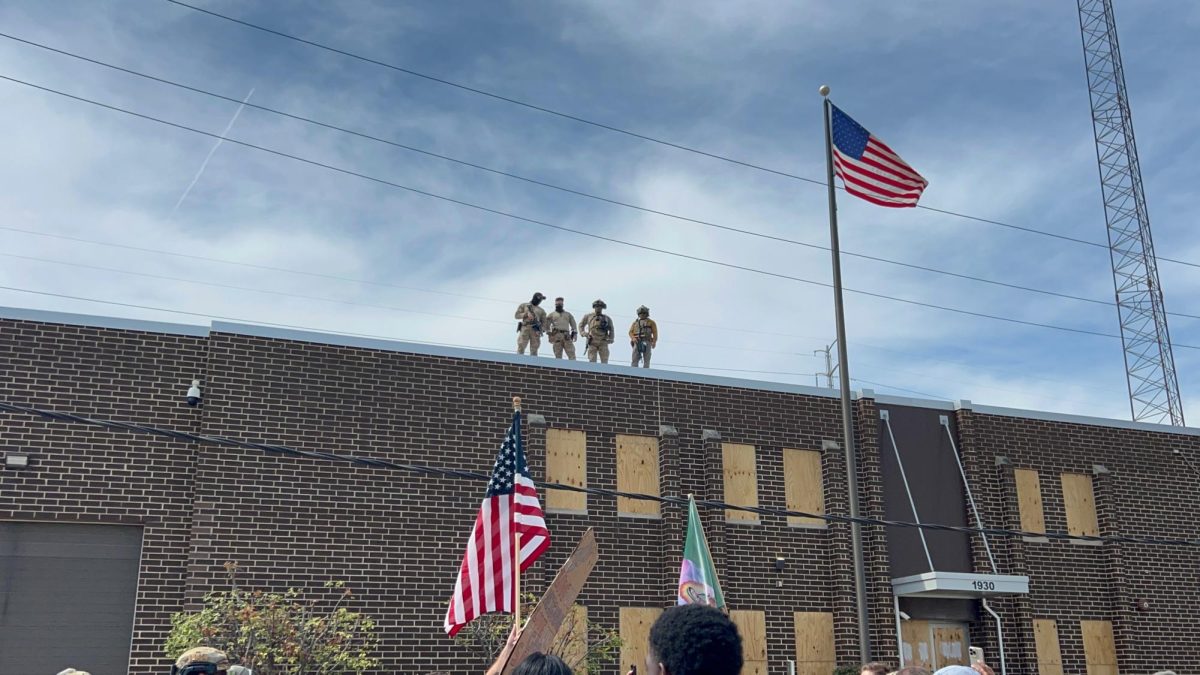

zman / Jan 14, 2025 at 8:13 pm
Engineering at the UofC? How dare you! I’m glad that UChicago professors have finally come down from the clouds to the real world below. When I left, they had just fully accepted those things called “computers”.
LOL / Jan 16, 2025 at 11:27 am
⠀⠀⢀⣠⠤⠶⠖⠒⠒⠶⠦⠤⣄⠀⠀⠀⣀⡤⠤⠤⠤⠤⣄⡀⠀⠀⠀⠀⠀⠀⠀⠀⠀⠀⠀⠀⠀⠀⠀⠀⠀
⠀⣴⠋⠀⠀⠀⠀⠀⠀⠀⠀⠀⠈⠙⣦⠞⠁⠀⠀⠀⠀⠀⠀⠉⠳⡄⠀⠀⠀⠀⠀⠀⠀⠀⠀⠀⠀⠀⠀⠀⠀
⡾⠁⠀⠀⠀⠀⠀⠀⣀⣀⣀⣀⣀⣀⣘⡆⠀⠀⠀⠀⠀⠀⠀⠀⠀⠙⣆⠀⠀⠀⠀⠀⠀⠀⠀⠀⠀⠀⠀⠀⠀
⠀⠀⠀⠀⢀⡴⠚⠉⠁⠀⠀⠀⠀⠈⠉⠙⠲⣄⣤⠤⠶⠒⠒⠲⠦⢤⣜⣧⠀⠀⠀⠀⠀⠀⠀⠀⠀⠀⠀⠀⠀
⠀⠀⠀⠀⠉⠀⠀⠀⠀⠀⠀⠀⠀⠀⠀⠀⠀⠈⠳⡄⠀⠀⠀⠀⠀⠀⠀⠉⠳⢄⡀⠀⠀⠀⠀⠀⠀⠀⠀⠀⠀
⠀⠀⠀⠀⠀⠀⠀⣀⣀⣀⣀⣀⣀⣀⣀⣀⣀⣀⣀⠹⣆⠀⠀⠀⠀⠀⠀⣀⣀⣀⣹⣄⠀⠀⠀⠀⠀⠀⠀⠀⠀
⠀⠀⠀⠀⣠⠞⣉⣡⠤⠴⠿⠗⠳⠶⣬⣙⠓⢦⡈⠙⢿⡀⠀⠀⢀⣼⣿⣿⣿⣿⣿⡿⣷⣤⡀⠀⠀⠀⠀⠀⠀
⠀⠀⠀⣾⣡⠞⣁⣀⣀⣀⣠⣤⣤⣤⣄⣭⣷⣦⣽⣦⡀⢻⡄⠰⢟⣥⣾⣿⣏⣉⡙⠓⢦⣻⠃⠀⠀⠀⠀⠀⠀
⠀⠀⠀⠉⠉⠙⠻⢤⣄⣼⣿⣽⣿⠟⠻⣿⠄⠀⠀⢻⡝⢿⡇⣠⣿⣿⣻⣿⠿⣿⡉⠓⠮⣿⠀⠀⠀⠀⠀⠀⠀
⠀⠀⠀⠀⠀⠀⠙⢦⡈⠛⠿⣾⣿⣶⣾⡿⠀⠀⠀⢀⣳⣘⢻⣇⣿⣿⣽⣿⣶⣾⠃⣀⡴⣿⠀⠀⠀⠀⠀⠀⠀
⠀⠀⠀⠀⠀⠀⠀⠀⠙⠲⠤⢄⣈⣉⣙⣓⣒⣒⣚⣉⣥⠟⠀⢯⣉⡉⠉⠉⠛⢉⣉⣡⡾⠁⠀⠀⠀⠀⠀⠀⠀
⠀⠀⣠⣤⡤⠀⠀⠀⠀⠀⠀⠀⠀⠀⠀⠀⠀⢈⡿⠋⠀⠀⠀⠀⠈⠻⣍⠉⠀⠺⠿⠋⠙⣦⠀⠀⠀⠀⠀⠀⠀
⠀⣀⣥⣤⠴⠆⠀⠀⠀⠀⠀⠀⠀⣀⣠⠤⠖⠋⠀⠀⠀⠀⠀⠀⠀⠀⠈⠳⠀⠀⠀⠀⠀⢸⣧⠀⠀⠀⠀⠀⠀
⠸⢫⡟⠙⣛⠲⠤⣄⣀⣀⠀⠈⠋⠉⠀⠀⠀⠀⠀⠀⠀⠀⠀⠀⠀⠀⠀⠀⠀⠀⠀⠀⣠⠏⣨⠇⠀⠀⠀⠀⠀
⠀⠀⠻⢦⣈⠓⠶⠤⣄⣉⠉⠉⠛⠒⠲⠦⠤⠤⣤⣀⣀⣀⣀⣀⣀⣀⣀⣀⣀⣀⣠⠴⢋⡴⠋⠀⠀⠀⠀⠀⠀
⠀⠀⠀⠀⠉⠓⠦⣄⡀⠈⠙⠓⠒⠶⠶⠶⠶⠤⣤⣀⣀⣀⣀⣀⣉⣉⣉⣉⣉⣀⣠⠴⠋⣿⠀⠀⠀⠀⠀⠀⠀
⠀⠀⠀⠀⠀⠀⠀⠀⠉⠓⠦⣄⣀⠀⠀⠀⠀⠀⠀⠀⠀⠀⠀⠀⠀⠀⠀⠀⠀⠀⠀⢀⡼⠁⠀⠀⠀⠀⠀⠀⠀
⠀⠀⠀⠀⠀⠀⠀⠀⠀⠀⠀⠀⠉⠉⠙⠛⠒⠒⠒⠒⠒⠤⠤⠤⠒⠒⠒⠒⠒⠒⠚⢉⡇⠀⠀⠀⠀⠀⠀⠀⠀
⠀⠀⠀⠀⠀⠀⠀⠀⠀⠀⠀⠀⠀⠀⠀⠀⠀⠀⠀⠀⠀⠀⠀⠀⠀⣠⠴⠚⠛⠳⣤⠞⠁⠀⠀⠀⠀⠀⠀⠀⠀
⠀⠀⠀⠀⠀⠀⠀⠀⠀⠀⠀⠀⠀⠀⠀⠀⠀⠀⠀⠀⠀⠀⢀⣤⠚⠁⠀⠀⠀⠀⠘⠲⣄⡀⠀⠀⠀⠀⠀⠀⠀
⠀⠀⠀⠀⠀⠀⠀⠀⠀⠀⠀⠀⠀⠀⠀⠀⠀⠀⣴⠋⠙⢷⡋⢙⡇⢀⡴⢒⡿⢶⣄⡴⠀⠙⠳⣄⠀⠀⠀⠀⠀
⠀⠀⠀⠀⠀⠀⠀⠀⠀⠀⠀⠀⠀⠀⠀⠀⠀⠀⠙⢦⡀⠈⠛⢻⠛⢉⡴⣋⡴⠟⠁⠀⠀⠀⠀⠈⢧⡀⠀⠀⠀
⠀⠀⠀⠀⠀⠀⠀⠀⠀⠀⠀⠀⠀⠀⠀⠀⠀⠀⠀⠀⢻⡄⠀⠘⣶⢋⡞⠁⠀⠀⢀⡴⠂⠀⠀⠀⠀⠹⣄⠀⠀
⠀⠀⠀⠀⠀⠀⠀⠀⠀⠀⠀⠀⠀⠀⠀⠀⠀⠀⠀⠀⠀⡇⠀⠀⠈⠻⢦⡀⠀⣰⠏⠀⠀⢀⡴⠃⢀⡄⠙⣆⠀
⠀⠀⠀⠀⠀⠀⠀⠀⠀⠀⠀⠀⠀⠀⠀⠀⠀⠀⠀⢠⡾⢷⡄⠀⠀⠀⠀⠉⠙⠯⠀⠀⡴⠋⠀⢠⠟⠀⠀⢹⡄